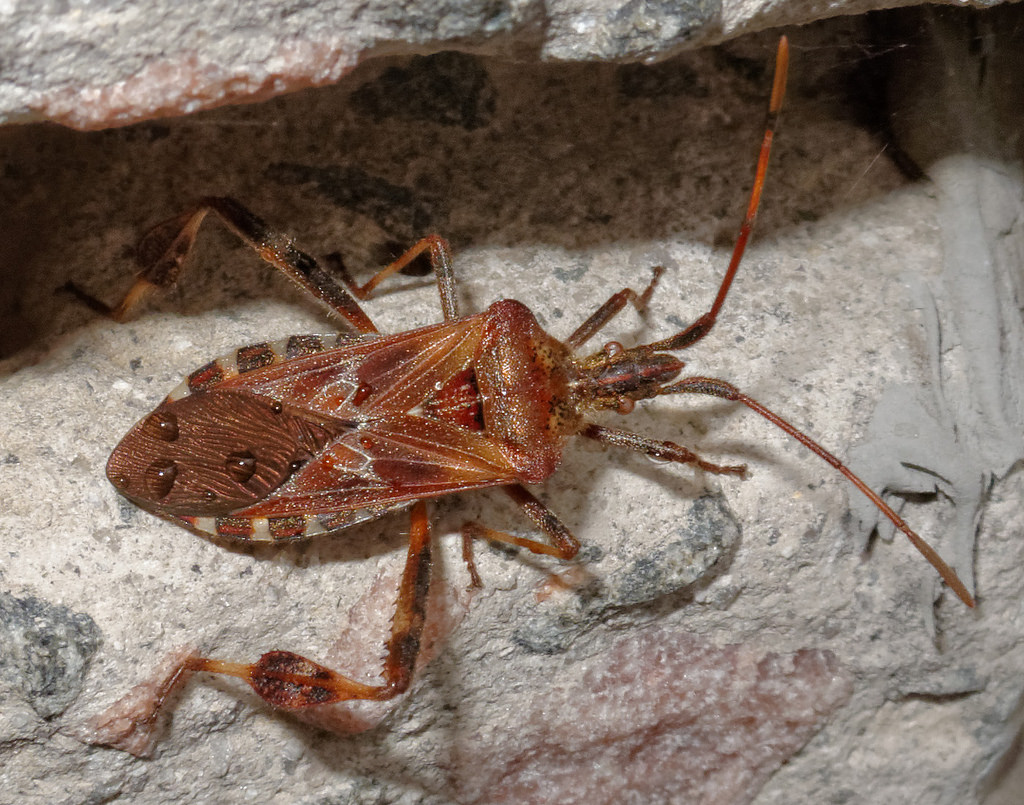

The Iowa State University Plant & Insect Diagnostic Clinic will identify your insect, provide information on what it eats, life cycle, and if it is a pest the best ways to manage them. Do you live in Iowa and have an insect you would like identified? Spraying the house in winter or spring is of little benefit. Pine seed bugs already indoors need only be picked or swept up and discarded as they appear. Management of Western conifer seed bugsĬontrol is the same as for other accidental invaders. They cannot reproduce inside the house, as egg laying and development are restricted to the host plants during the summer months. Like other invaders, they do not bite, sting, feed, carry diseases or otherwise cause harm to people, pets, the house or its contents. After sunset, they crawl into wall voids and attics through cracks and gaps in the siding, foundation and eaves, or around windows. They are attracted to the exposed south sides of houses where they bask in the warmth of the late summer sunlight. The adults wander into houses by mistake in the fall of the year. The pine seed bug is a typical accidental invader, similar to the better known attic flies, Asian lady beetle and boxelder bug. Damage caused by Western conifer seed bugs Cones may be damaged causing seed to fail to develop (of no consequence to most Iowans, though pine seed producers of the Pacific Northwest must control this pest to prevent low seed yield). This sap feeding is of no consequence to otherwise healthy trees. Pine seed bug nymphs and adults spend the summer on pine and Douglas-fir trees where they use their piercing-sucking mouthparts to feed on sap from green cones and twigs. A faint, white zigzag line is more or less noticeable across the center of the back (depending on individual). It appears pointed at both ends the antennae are almost the length of the body and are obvious in living or fresh specimens. The pine seed bug is about 1 inch long, elongate in shape and dull reddish brown in color. Consistent with all members of this order the insect has a simple life cycle (egg, nymph, adult) and sucking mouthparts. Pine seed bug is a true bug (Order Hemiptera, Family Coreidae). This name refers to the flat, leaf-like expansions of the hind legs. The pine seed bug is in a small group of insects called the leaffooted bugs. This harmless nuisance most closely resembles the squash bug found on pumpkin and squash foliage during the summer. The Western conifer seed bug, also called the pine seed bug, ( Leptoglossus occidentalis) is a common household accidental invader found inside Iowa homes during the fall, winter and spring.


 0 kommentar(er)
0 kommentar(er)
